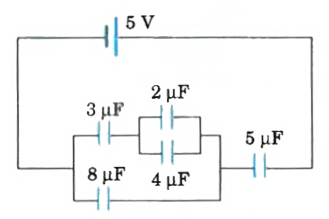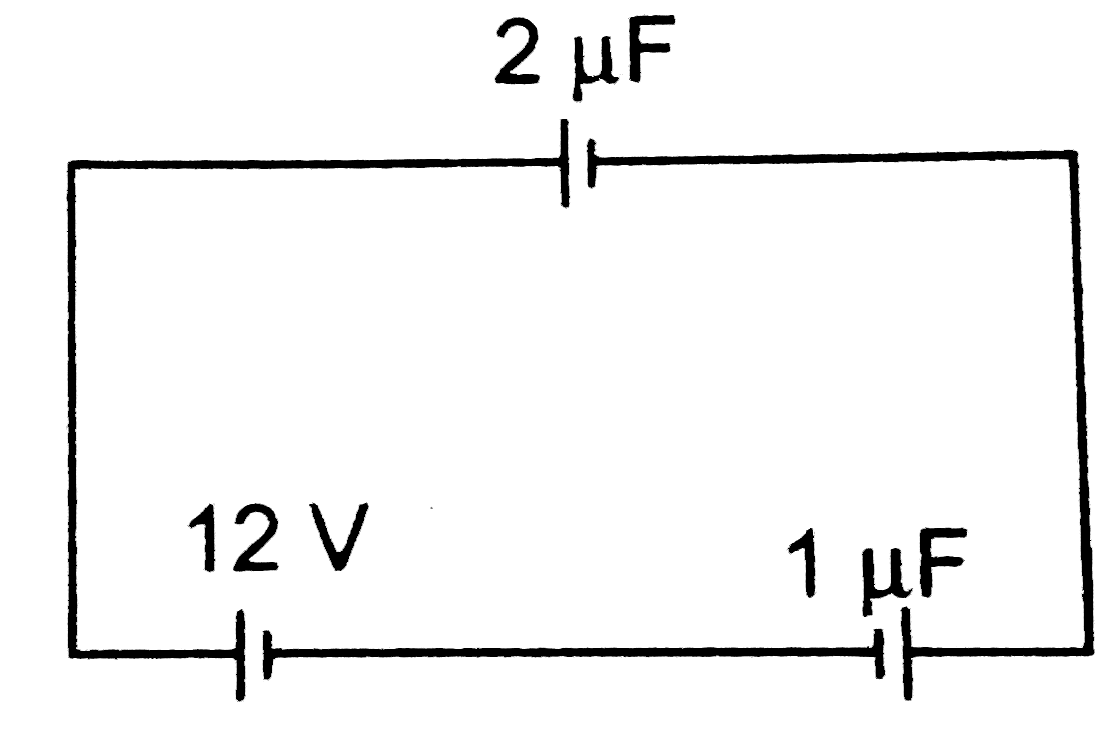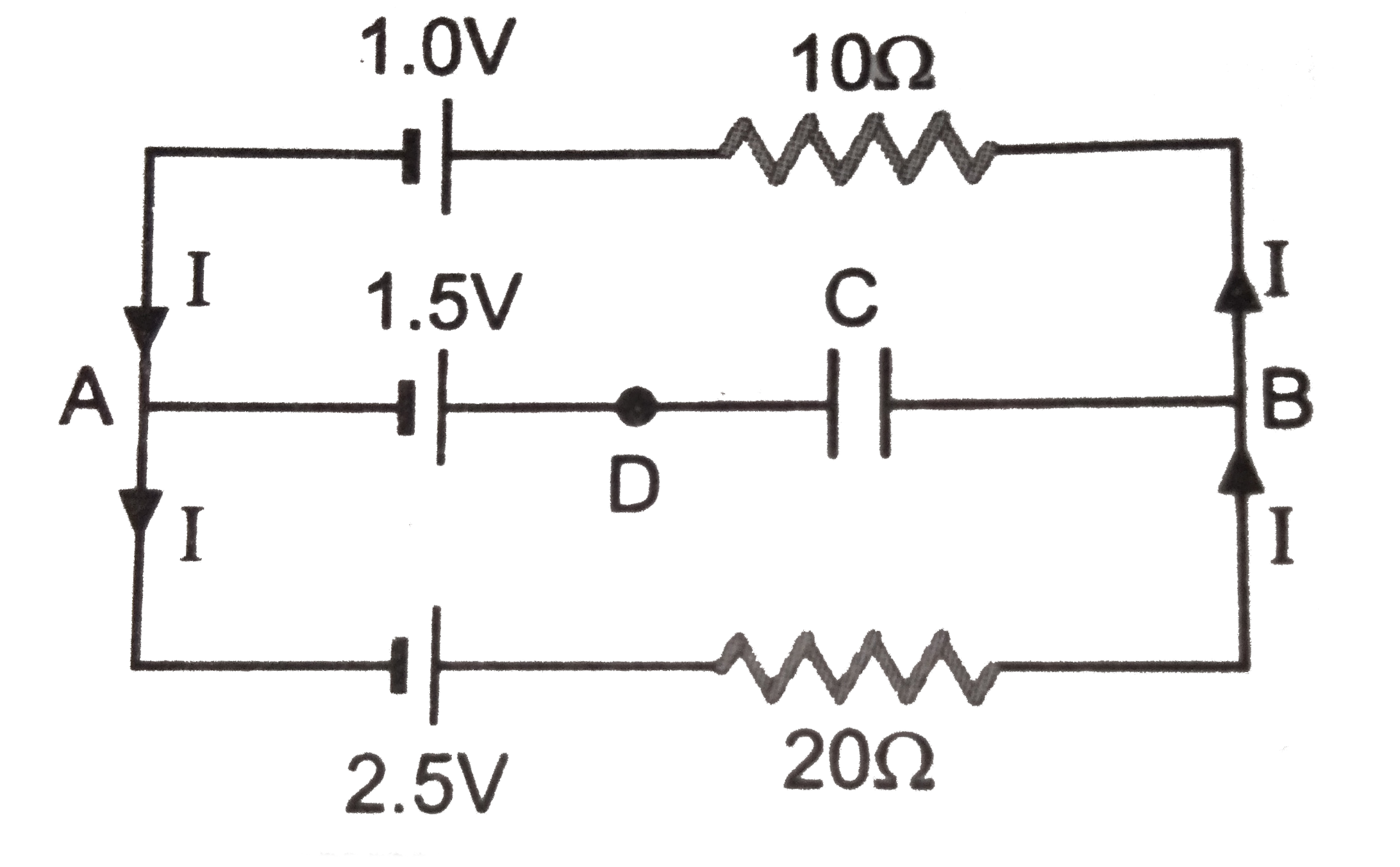A parallel plate capacitor has two layers of dielectrons as shown in figure. This capacitor is connected across a battery, then the ratio of potential difference across the dielectric layers is

43
12
13
32
The correct Answer is:D
As it is a series combination, so charge on each capacitor is same

So, V1=QC1 and V2=QC2
⇒=V1V2=C2C1=(ε0K2A2d)(ε0K1Ad)=62×2=32
Topper's Solved these Questions
Similar Questions
Knowledge Check
A parallel plate capacitor has two layers of dielectric as shown in figure. This capacitor is connected across a battery. The graph which shows the variation of electric field (E) and distance (X) from left plate.
 A
A B
B C
C D
D
The displacement current flows in the dielectric of a capacitor when the potential difference across its plates-
Abecomes zeroBhas assumed a constant valueCis increasing with timeDdecreasing with timeAssertion: When an uncharged capacitor is connected across a battery, half the work done by the battery is stored as electric potential energy inside the capacitor and remaining half is dissipated in the form of heat.
Reason: When an uncharged capacitor is connected across the battery then potential difference between the plates of capacitor increases from zero to the value of EMF of battery but battery supplies charge at the constant potential difference.AIf both assertion and reason are correct and reason is a correct explanation of the assertion.BIf both assertion and reason are correct but reason is not the correct explanation of assertion.CIf assertion is correct but reason is incorrect.DIf assertion is incorrect but reason is correct.
Five capacitors are connected across a battery of 5V as shown in figure (o). Calculate the potential difference across the plates of the 5μF capacitor.

View SolutionThe plates of a parallel plate capacitor are charged to a potential difference of 117 V and then connected across a resistor. The potential difference across the capacitor decreases exponentially with to time. After 1s the potential difference between the plates is 39 V, then after 2s from the start, the potential difference (in V) between the plates is
View SolutionThe plates of a parallel plate capacitor are charged to a potential difference of 117 V and then connected across a resistor. The potential difference across the capacitor decreases exponentially with to time. After 1s the potential difference between the plates is 39 V, then after 2s from the start, the potential difference (in V) between the plates is
View SolutionIn a ircuit shown in figure, the potential difference across the capacitor of 2μF is

View SolutionIn the circuit shown in the figure, the potential difference across the 4.5μF capacitor is

View Solution

